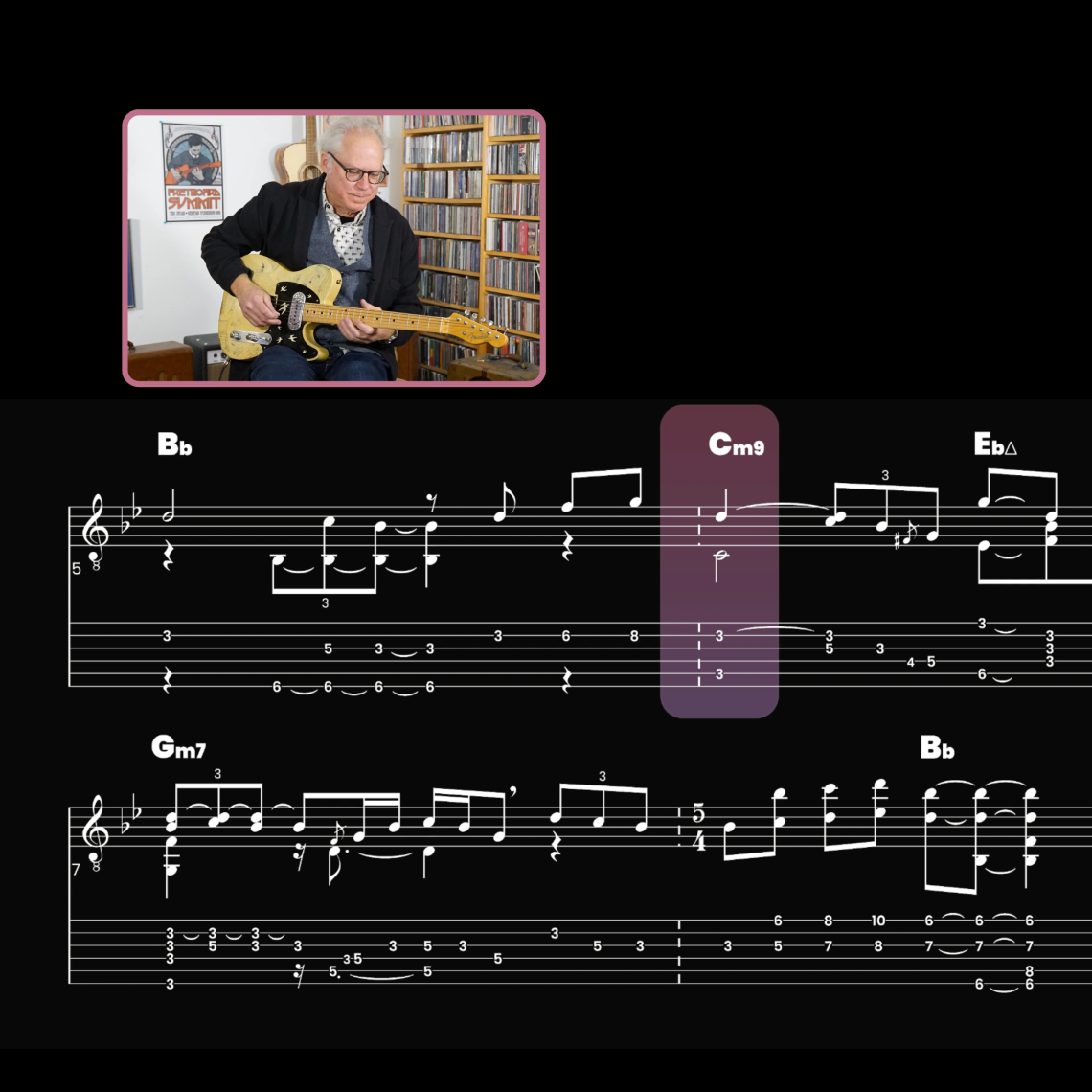
Bill Frisell – A Change Is Gonna Come
“Another exclusive Bill Frisell video from the Fretboard Journal. Here he is covering Sam Cooke’s “A Change Is Gonna Come,” a tune Frisell first covered for his 2008 album, ‘History, Mystery.’
Frisell’s Fender Telecaster is heavily modified: TK Smith and Seymour Duncan Little ’59 pickups; Gibson-scale length neck (done by JW Black); Mastery bridge; and custom art by Terry Turrell. On this clip, he’s playing through a Strymon Flint pedal and a Gibson GA-50T amp.”
(What) are (there) barlines in music?
Here, the scrollbar comes in handy to make aspects of rubato playing more transparent for learning.
Its movement makes a) the changing tempo and b) the individual and actual musical phrases more perceivable within the confinements of sheet music. To identify the large scale rhythmic structure of a phrase, e.g. a two bar phrase ending with the anticipation of the next phase’s harmony, and to get a feel for the pivot points a) within and b) in between phrases.
The rhythmic approach here is not on a static grid but on a pulse.
It’s an immensely insightful challenge to attempt to approach the exact phrasing of the performance. Even more beneficial is to focus on how the phrases are rhythmically combined as a whole and to analyze and play along a couple of phrases, to understand how they work against the pulse.
You’ll find a rich variety of alternating rhythmic figures in Bill Frisell’s playing – plenty inspiration to borrow from these rhythmic concepts and recombine them towards your own ideas.
So, while there are no literal barlines in actual music – definitely not in the strict narrow way they’re visually present in written notation, rhythmic phrases in conjunction with the pulse is what is attempted to be conveyed with them.
Ties in with the usual message: those dots and lines are just practical helpers for our perception, same for strolling bars.

